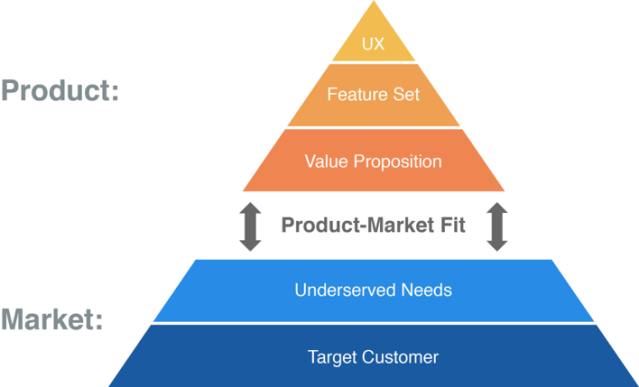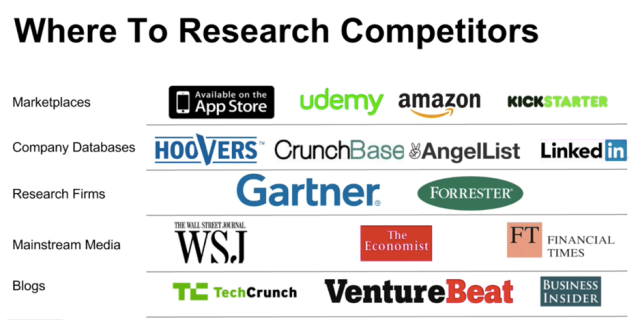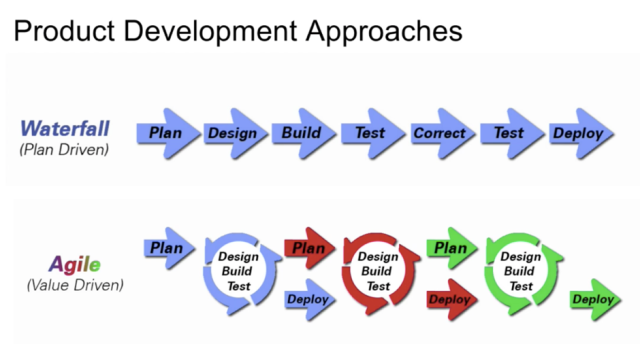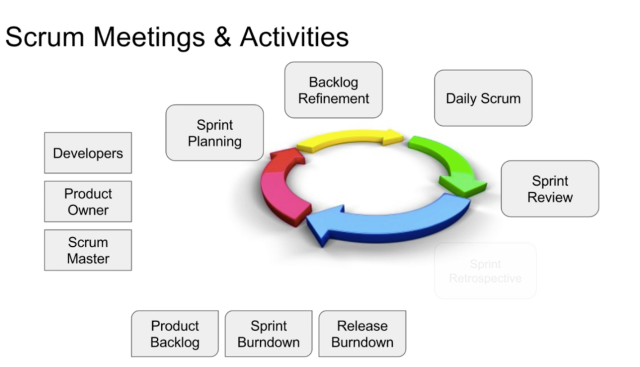How does an interviewer judge the Product Management Mindset?
From a Seasoned product manager perspective, when some question is asked in an interview, a developer product manager answers smartly taking all factors into account.
While answering a question in an interview one doesn’t just answer. What is expected is tell them the answer, explain why this is the best answer, assumptions taken while answering, how the answer can change with changing variable
Or one needs to be the best in storytelling. While telling a story: Explain Situation, Problems, Limitations & reasons for limitations, Options available in hand & Action taken with the result
Type of questions asked in Product Management Interviews:
- Product Creation Questions: This is the favorite question
Format: Design X for Y.
Purpose of Interviewer: Identify Issues, organize thoughts, Ask for clarifying questions, Defend answers
Approach to answer: Understand, Brainstorm, Prioritize & Explain
Understand the user & their needs, Brainstorm as many solutions as possible & order the effectiveness & time it will take to develop, explain the best solution; how this is helpful
- Product Estimation Questions:
Format: How many X Could Y or How many X does Y do
Purpose of Interviewer: Observe performance under stress, Discern ability to simplify the problem
Approach to answer: Clarify, Estimate, Explain
Clarify with sensible questions, Estimate using Top-Down or Bottom-Up approach, explain out load the assumption & how the answer can change with variables
- Instructional Questions:
Format: The interviewer asks to teach him something. Eg How to make scrambled eggs.
Purpose of Interviewer: access communication skills, measure empathy, gauge documentation skills. It is important to check how clearly PM can demonstrate technical topic to the non-tech team, business logic to tech team & documentation skills
Approach to answer: Tell them what you will teach followed by providing specific instructions (Don’t assume pre-assumed knowledge) & Demonstrate empathy
- Personality & Behavioural Question:
Format: Tell me one time when you did X. X can be an important career decision or the time when you created influence
Purpose of Interviewer:: Assess successful Experiences as PM, Determine if you accept responsibility for the mistake, Ability to communicate
Approach to answer: Be honest, Tell a story
Take-Home case study:
Approach: Ask for clarification about the challenge, Stipulate final answer may change with more data, do extra work to stand out like user testing or create mockups
PM Interview Process:
- Resume Submission
- Contact by a recruiter: basic info, current & expected CTC with Notice Period
- Hiring Manager from Product Team asking product creation & Vision question
- Interview with engineers or designers
- Talking with other stakeholders
- Vote between all stakeholders
- A final in-depth discussion with Product Head
P.S: Each interaction will give you a chance to ask questions, ask related questions to be prepared for next round
Ask Questions about suggestions: (15% chance of winning the battle)
Ideas about the questions which can be asked: Discuss Product Roadmap, Competition, Industry News
Eg:
- Internal consensus on responding to new competitors move
- adoption of new technology
- The most important thing for the interview for the candidate who takes up this role
Conclusion: Get the best out of each interview
Extra Tip:
Red Flag: Product Management fitment in the org structure can give a red flag; if they are autonomous then its best
Also, get a clear path of advancement & why they are hiring of this role: replacement because of promotion or firing, do they need product manager or project manager
Take the best decision now because working somewhere you hate is worst than not getting the job offer
P.S: I thank LinkedIn Learning for this: the complete credit of this learning goes to
https://www.linkedin.com/learning/interviewing-for-product-management-jobs/more-resources-to-prep-for-the-product-management-interview
If you are interested please go through in detail








